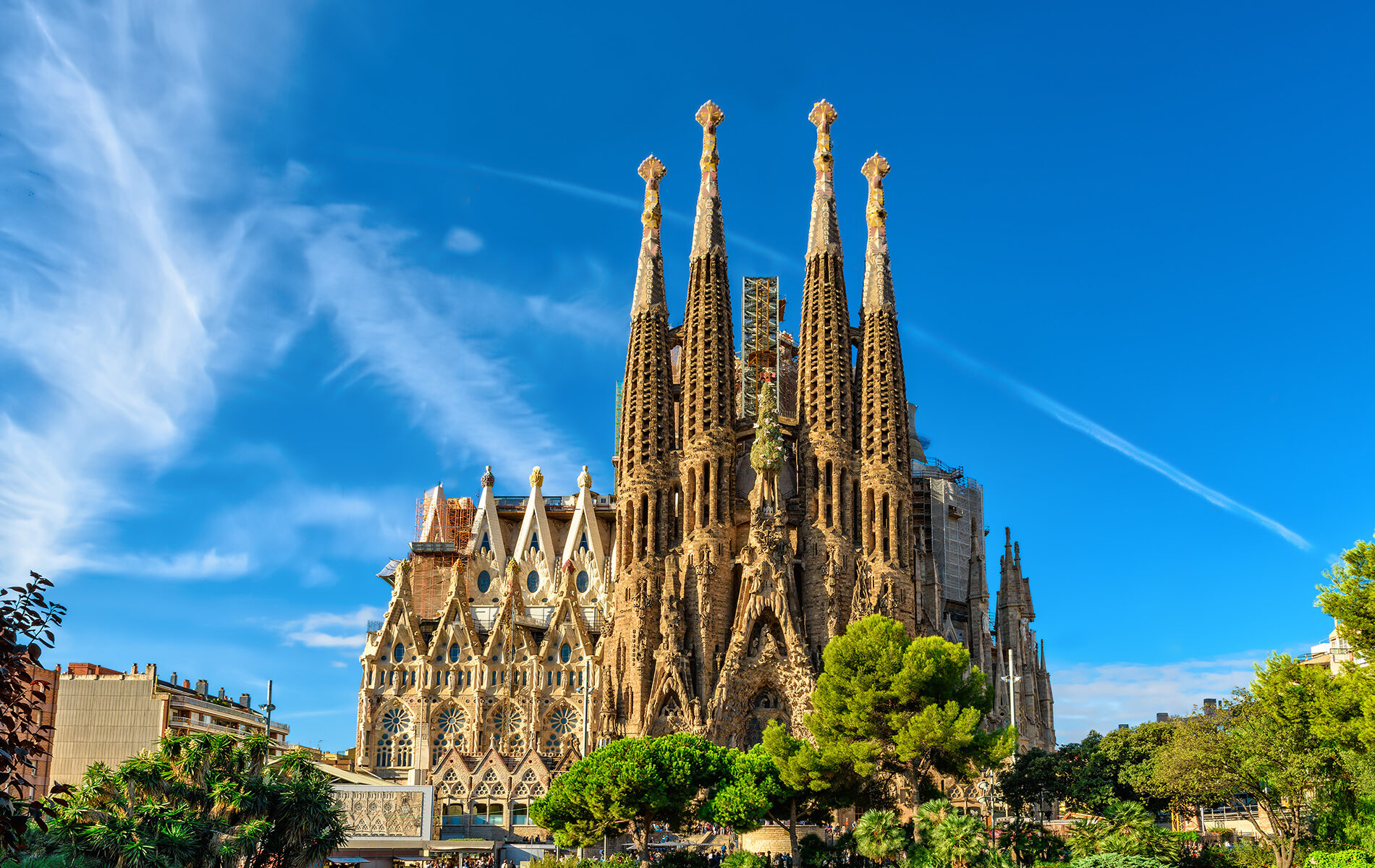When I first read that it took one hundred and forty years to build the Duomo in Florence, I had to stop and count my own accomplishments for the last few weeks. In that time, I’ve managed to assemble a few IKEA bookshelves, build a Power BI dashboard that no one really uses, and complete an online course I only remember half of. The Duomo has outlasted empires. My bookshelf fell apart the day I moved it.
There’s something both absurd and beautiful about the idea that entire generations of people, from masons to painters to architects and more, spent their lives building something they would never see finished. Imagine being on the scaffolding in 1370, laying bricks for a dome that wouldn’t be completed for another seventy years, and thinking, “Yeah, this’ll probably look great someday. When I’m dead. And maybe my kids are dead, too.”
Notre Dame took nearly two centuries. The Sagrada Família is still under construction. It began in 1882, long before the invention of sliced bread or Wi-Fi. Antoni Gaudí died before it was halfway done, hit by a tram on his way to mass. When they found him, no one recognized him He was a man so consumed by building something eternal that he’d apparently forgotten how to exist in the present.
And yet, he trusted the future. He believed that one day, people would pick up his blueprints, his sketches, his madness, and finish the dream. And they did. We’ve spent over a century trying.
I can’t think of a single thing in our culture that inspires that kind of patience.
Today, we build with speed. We build startups, algorithms, chatbots, influencer brands: everything meant to grow faster, reach further, and burn out sooner. A cathedral once took lifetimes. An app takes six months and a weekend hackathon. We’re not artisans anymore, we’re sprinters. We want to ship, not sculpt.
Scroll through LinkedIn and you’ll see what I mean. “I’m thrilled to announce the launch of my new AI side hustle.” “We just built a model that writes sonnets in the style of Snoop Dogg!” “We raised $4 million in seed funding to make machine learning fun for dogs!”
Every new model, every startup, feels like another roadside shack, hastily hammered together for shelter, then abandoned for something flashier just down the road. It’s all hovel-building. Functional, fast, and forgettable.
Where are the cathedrals?
Where are the data architects willing to build something beautiful that might still be standing in a hundred years? Where are the engineers willing to carve meaning into code like masons carving angels into stone? Who among us is building a technical Duomo, something so intricate and intentional that it demands reverence rather than revenue?
The moral question of our time isn’t whether artificial intelligence can do something. It’s whether we’re building something worth doing. In our rush to automate, accelerate, and optimize, we rarely stop to ask: “What are we actually leaving behind?”
When the starlight of this moment fades and the AI hype cycles give way to the next shiny thing, what remains?
I don’t think the people who laid the foundations of Notre Dame cared much about the gossip of their age. They weren’t checking engagement metrics. They didn’t have dashboards to prove impact. They built because they believed. We seem to have given up belief in the sacred act of making something that matters. Something that will outlast our resumes, our trending hashtags, our server uptime.
When I see cathedrals like the Duomo, The Sagrada Familia, and what’s left of Notre Dame, I don’t just see stone. I see time itself, compressed and humming. I see generations whispering to each other across centuries, telling us to “Keep Going. This is worth it.”
Maybe that’s what morality in technology should look like. It’s the willingness to build something you’ll never finish, for people you’ll never meet, in a world you’ll never see, and know that it is Good so that, someday, when the skyline of the digital age is complete, we can point at it and, with quiet pride, say:
“I helped build that.”

